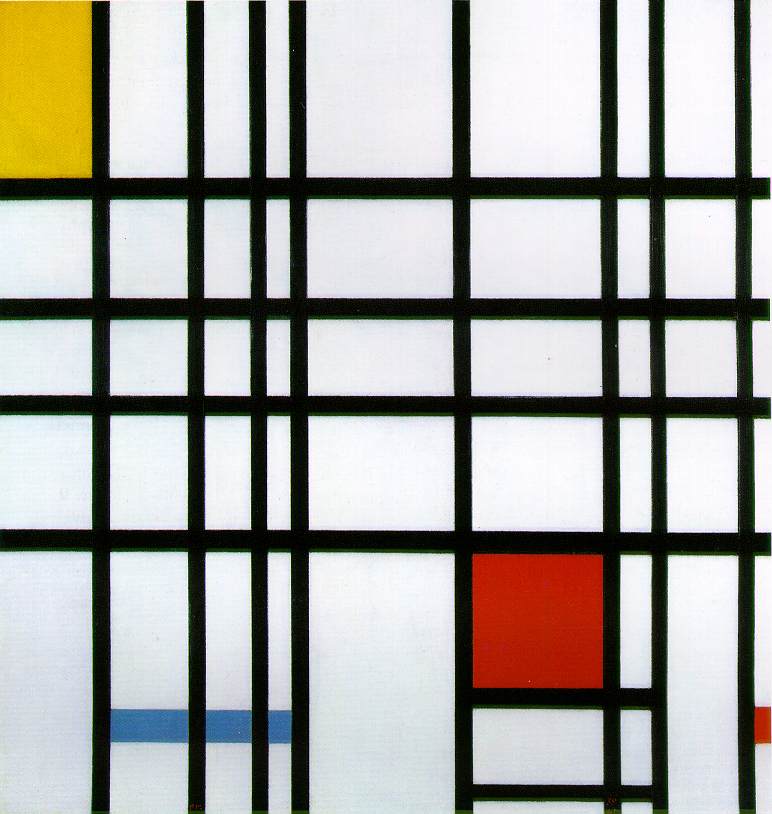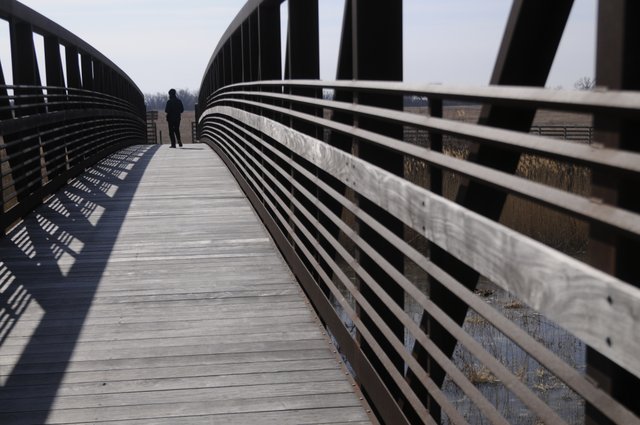A level designers role is to create the composition of the level maps, leading not an observers eye but a players actions. Actually it’s a little of both. The way a player navigates a game level may seem like free will, depending on the genre, but in actuality choice is an illusion. In games and life. A level designer purposefully creates a way in which to traverse a level, cues for guidance, various strategic mechanisms to aid their willed effects. A bit like the film 'Inception' they are the architect who creates a maze.


A level designer ‘blocks out’ a level, large representative shapes controlling the flow of player movement. This block out begins with the first demo, art pass. They have the knowledge to control your actions before you’ve made them, and the tools to affect how you will feel. This block out will become a playable test level as is, without textures, detail or any form of completed object. The goal of this stage is to asses how this game is going to feel, can they create what they intended, do they like the feel of what they're about to invest a few years producing.
So a level designer needs a clear idea about what they're creating, its good to have some real life experiences, to have travelled the world, analysed what makes a place special and more importantly, easy to navigate. Simple experience of real world streets and locations help too, places you've been to base street layouts on, knowing what makes a place or route memorable and time you've got lost and why, and a massive collection of personaly taken resources.
With this the level designer should be able to make good decisions about placement. Building agame level is like building a town. A good game level will stick in a players mind clearly, be accesable, not be confusing. A player should never be able to get lost, this is usualy done through landmarks and recognizable places, focal points. Focal points really make a game level special, and this is where it starts to sound like composition in art. Thinking back to all those things i touched upon in my previous post about composition, it might apply in more ways than one. Composition directs an observers eye through focal points, rythmns, lines, shapes, light…. In level design a path could be the line, leading you to, where? Shelter from gun fire dotted about, or even events to take place in a level, can be the rythmn, as well as actuall building/object placement. Shape could be shilohetts or repetitive assets, and light is a great attractor to a player.
A level designer needs to know how to communicate, and he needs to know his audience. Knowing your audience would mean you have a good idea of what experiences themselves they're likely to have had, what sorts of scenarios and puzzles they're bound to know the solutions to, how they will essentialy play.

A part of communicating is through the environment itself. Buildings speak a lot to players. Buildings can be used as part of the level design, areas for specific purposes. An architect builds a building for aesthetics and a purpose, a clearly definied purpose dictates the ways in which he will build that building. The level designer much the same, the level being his building, will use buildings themselves as cues to a purpose, want to know the purpose? What is the building? What are they normaly used for? That area probably has some relation.
Asside from buildings, a level designer should have a good understanding of how the world speaks to someone, what makes something feel grand, what makes a player follow along side certain walls, what makes a player pause for thought or back track.Before a level designer can even step into the program of their choice though they need to ground a few things. An established game type, the audience, an idea of what happened in the level before the player enters, a clear idea of the purpose of the level - whats its goal or focus, plot point, what abilities will be available to the player, how big will this map be, what do you want to be most memorable about it, how will the player be rewarded, what is the experience focus is it atmosphere fun fear awe, what is the desire of the player at this stage and will you fullfill or deny it.

Once established they can get to problem solving. It always starts with pen and paper. A top down view of a map, abstract shapes and respresentations, calculating the flow of movement within the map. The flow of players, the flow of enemies, the triggers and locations for events, ideas about guidance, the flow of routes, the paths, the blockades, the shortcuts. Once they have the foundations set and a good idea, it's time to block out the BSP! Or in laymans terms, add large blocks of solid walls to experiement on your rats with. Once its made, time to play. After the play test, if alls gone well, its time to hand it over to the artists. Often a level designer will provide a blocked out level to artists just to paint over and imagine what could be there. Now its their turn to deal with composition and lighting. Of course being mindful to whats been set in place by the level designer.
As the project goes along the level designer is never interirely happy with they're creation, a level can always be made better but dealines restrict perfection. However there is always time to realise new patches or levels after release, revisions will be made, new levels created and tested, some even deleted or rearranged.
Sources i used:
level_design_workflow_tutorial
wheres_the_design_in_level_
http://www.gamasutra.com/view/feature/131462/wheres_the_design_in_level_.php?page=2






